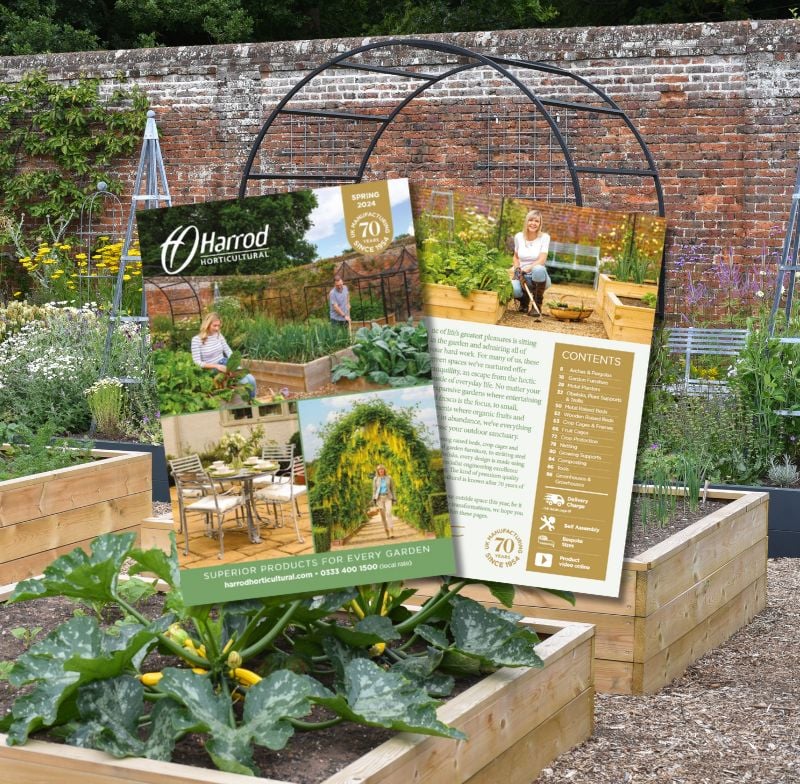Attracting Bees to the Orchard
I would like to order some of the Beeline hives, pictured in your catalogue, but first I need to know if they are suitable for my needs. I have a pear and plum orchard, and would like to introduce the bees to help with pollination. As the hives the bees are supplied in are cardboard, I would like to house the bees in the wooden hives I already have – is this possible? Also having introduced the bees to the orchard, I would like them to be present for more than one season. Will the bees appear the next year after hibernating through the winter?
If you could give me some indication if the bees are suitable for my needs I would be most grateful.
Thanks!
Joyce G
Many thanks for your enquiry regarding the Beeline Hive and Bumblebees (product code GCN-226). It appears that the bees and hives may well prove suitable for your particular situation – I shall explain why.
The hives that we provide are insulated by the outer cardboard shell and the actual colony is housed in a Perspex box, which also contains the sugarwater solution to feed the bees prior to “placement” or release. If you wish to re-house the bees into your own hives the key is simply to ensure that the entrance hole, or “flighthole”, is roughly the same diameter. You can simply remove the colony from the Perspex hive and place it inside your wooden hive – the sugarwater will not be required as both plum and pear produce enough nectar to keep the bees fed. Alternatively, you could place the entire cardboard hive inside the wooden one.
With regard to the bees hibernating and appearing the following year, it is helpful if we can understand the life-cycle of the bumble bee. Hibernating queens generally emerge between March and April and search for a nesting site, usually a hole beneath the ground such as an abandoned rodent nest – they may well be attracted to your hives if the are clean and dry. The queen then collects pollen and nectar before laying her first eggs after a few days. The first workers to hatch from these eggs are generally small and will remain inside the nest; the next batch of workers however are much larger due to better feeding and will emerge around the end of April to search for pollen. The queen continues to lay eggs and the workers forage and nurse the colony, which in turn grows rapidly at this time of year, reaching a maximum of 300 workers.
Mid summer, between late July and mid September, sees both males and young queens produced. The males leave the colony almost immediately, with no intention of returning, whilst the queens feed in the nest for a week, constantly eating to create a healthy fat reserve – these are the only bees who will survive the winter, albeit in hibernation.
The independent males meanwhile have been busy making large “loops” with scent, which is usually placed on leaves, in order to attract the virgin queens. Once a young queen has entered the loop, mating takes place briefly and the queen flies on. This one encounter will provide the queen with enough sperm for a lifetime.
With the onset of Autumn, the first sharp drop in temperature will kill the original queen along with the rest of the colony, consisting of workers. The new queens will hibernate and establish new colonies the following spring.
So, the short answer to your second question is yes, there is a very good chance that the hibernating queens will hibernate amongst the trees and you will have bumble bees year after year.
Hopefully this information will allow you to make a decision on the suitability of the Beeline hive for your purpose, and if you have any further questions or queries, please do not hesitate to contact us.
Many thanks once again for your enquiry.
Martin























